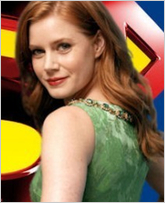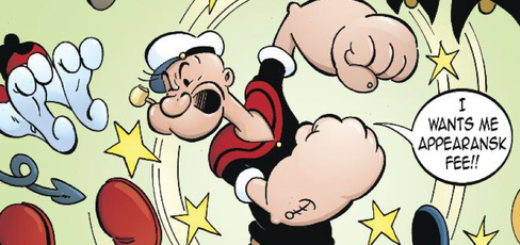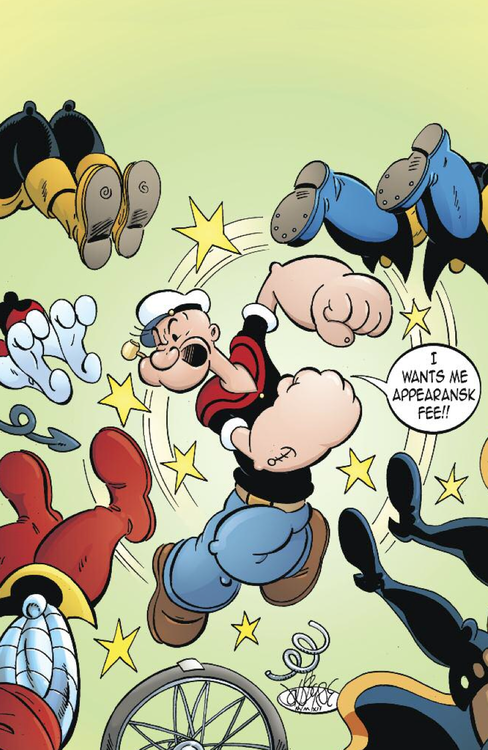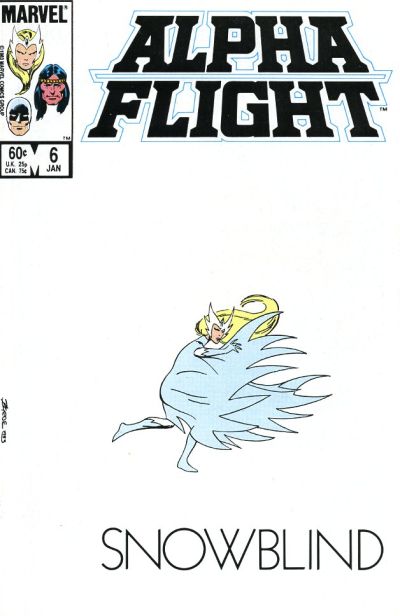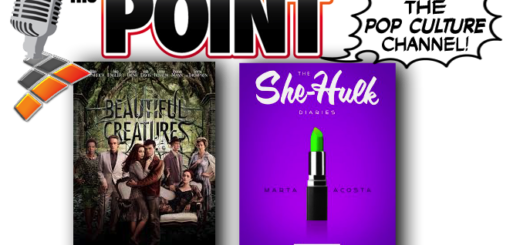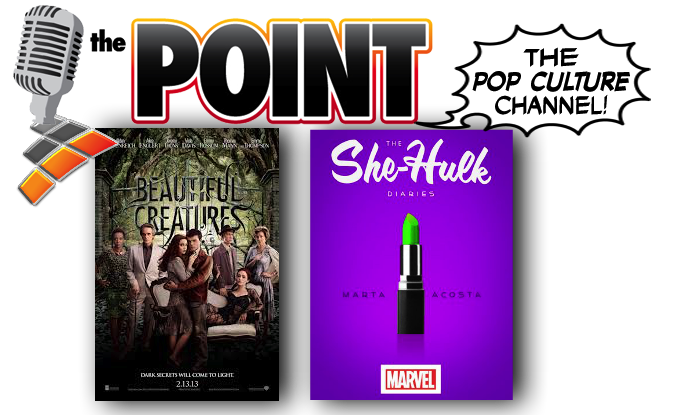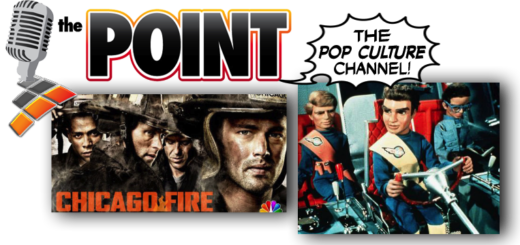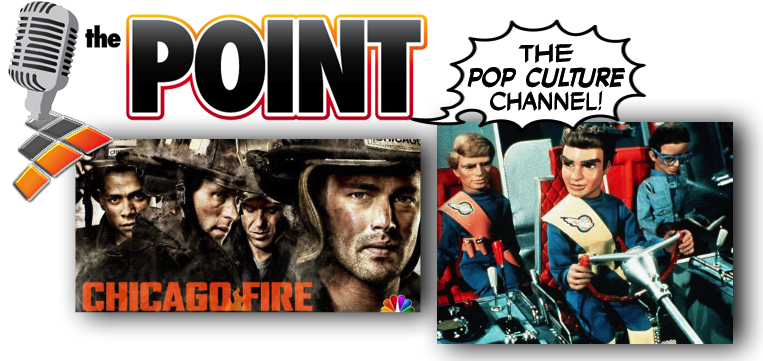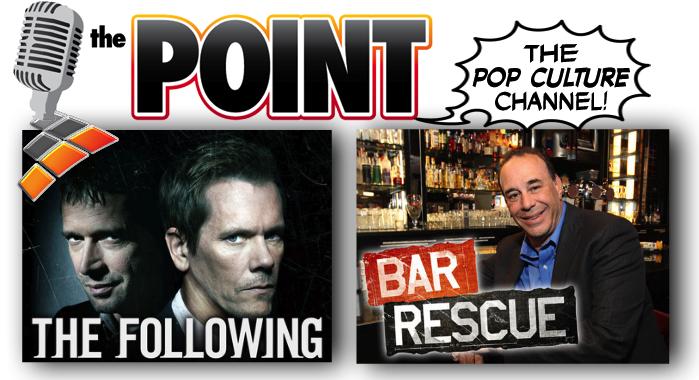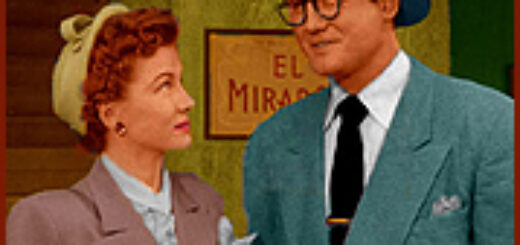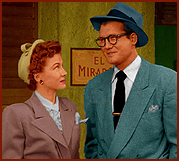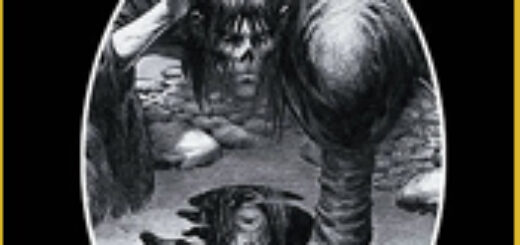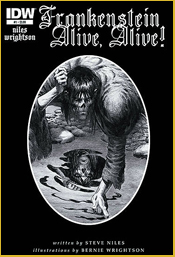INTERVIEW SERIES- ALL PULP TALKS TO BAD TIGER STUDIOS- INTERVIEW ONE- C. WILLIAM RUSSETTE
BAD TIGER STUDIO debuted recently as a new force in Pulp and Comics, fitting the bill for just what All Pulp covers! With this first interview of Company Partner C. William Russette, All Pulp begins a series spotlighting Bad Tiger Creators discussing characters, plans, and more to come from this new, but already popular company in Comics and Pulp Fiction
ALL PULP BAD TIGER INTERVIEW #1
C. WILLIAM RUSSETTE
ALL PULP: Tell us about yourself, your personal background, and how you got into writing/art/etc.
CWR; My name is C. William Russette I currently pay the rent working retail. I have an incredibly supportive wife and a fantastic son who digs my art. I have been drawing since I could hold a crayon as so many artists claim. Far as I recall it was the truth for me. I didn’t get interested in writing until I started playing role playing games and the plots provided just weren’t interesting enough for me to run my players through. Basically I always fancied myself an artist but never pushed that too hard. Writing was all dabbling too until I was in the army and took a correspondence course. That and trying to impress my future wife got me to start taking my writing seriously. I wrote some comic book scripts and short stories. Tommy roped me into the first of many web projects and his health has been on the decline ever since. I have been published in both comic book format and prose; most recently in Pro Se Presents.
AP: What is your role at Bad Tiger?
CWR: I am the co-Founder along with Justin Ditzler. That’s my biggest hat. I am also the plotter-scripter-penciller-inker of the OPERATOR ZERO comic. I recruited all of our talent from past associations be it writing or art. I also wear an editors hat but that’s pretty loose.
AP: In our modern society, some would say that there’s nothing new or original anymore. What makes Bad Tiger stand out?
CWR: I don’t care for that idea. By that reasoning no one has done anything new or original since Macedonia four thousand years ago. Plots and themes can be retreaded and slapped together with different characters in different places and times. I think it really depends on how you present the story. How well was it written? Was it executed properly? What will make Bad Tiger material stand out is that no one has our unique viewpoints or the way we process everything we absorb. I’ll let my peers answer for themselves but I grew up reading a lot of fiction from comic books to fantasy-adventure and devouring films like Star Wars, Conan the Barbarian and especially the Ray Harryhausen works. So add to that a fondness for Pulp (that I was unaware of until it was brought to my attention.) and dump trucks of Robert E. Howard, Stephen King and Jeffery Deaver and there is a healthy eclectic mix that my creative engine can chew up, lace with adrenalin and spit out what I call my kinda stories. BTS is my stories done my way. It’s something that I have been wanting to do for some time and I’ve assembled a gang of like minded individuals to share their wares.
AP: What are your inspirations, influences for the work you do?
CWR: There are many so I’ll just scrape off the icing. For art I will say Mike Mignola, John Byrne and Walt Simonson are top of the heap. I am still learning to ink but Gary Martin and Shawn Martinbrough jump to mind. For writing it is really all over the place. Warren Ellis, Jim Shooter, Clive Barker, Stephen King, James Clavell (Shogun is still my favorite novel), R. A. Salvatore, Bruce Lee, Robert Ludlam, Chris Claremont and Grant Morrison to name a few. Are we doing movies? 13 Assassins, The Crow, Gladiator, The Avengers and cartoons like Alladin, Akira and Transformers G1. Toshiro Mifune, Jeff Goldblum, Jack Nicholson and Donnie Yen. For music its mostly 80’s rock and metal. For it all I need the high water mark, a direct line or an adrenaline shot to get the juices flowing. Oh, and coffee.
AP: What do you think appeals to the public about heroic/genre fiction and/or comic strips? Why will people come to Bad Tiger?
CWR: I think there are a number of reasons why people like heroic fiction. I think there is a certain thrill to living vicariously through the characters that you’re absorbing. I know I do that. I think there is a certain level of escapism that feeds a down-time need during troubled times in your life. You want to forget the rent, the war, the homework or the job. Maybe reading about a domino masked ex-sailor that stands up against the unjust and lands a mighty jaw-breaking right cross is just the ticket to lower your blood pressure. The creators that I have roped into presenting their varied super-charged crime-breaking, airship-flying, sword swinging, mask wearing, machine gun unloading stories will deliver the super charged pulp, genre tales that much of the comic book industry just doesn’t deliver. Heck, we even have a comedic strip in Junior’s World by Frank Dawson Jr. Its all under one roof and great things are coming down the pipe. I assure you.
AP: Any closing thoughts?
CWR: I’ve gone on long enough but I will say that I am having a great time working with these guys and creating along side them the stories that we all love to read. Watch this Bad Tiger as he claws his way to the top!
Bad Tiger Studio- http://www.badtigerstudio.com





